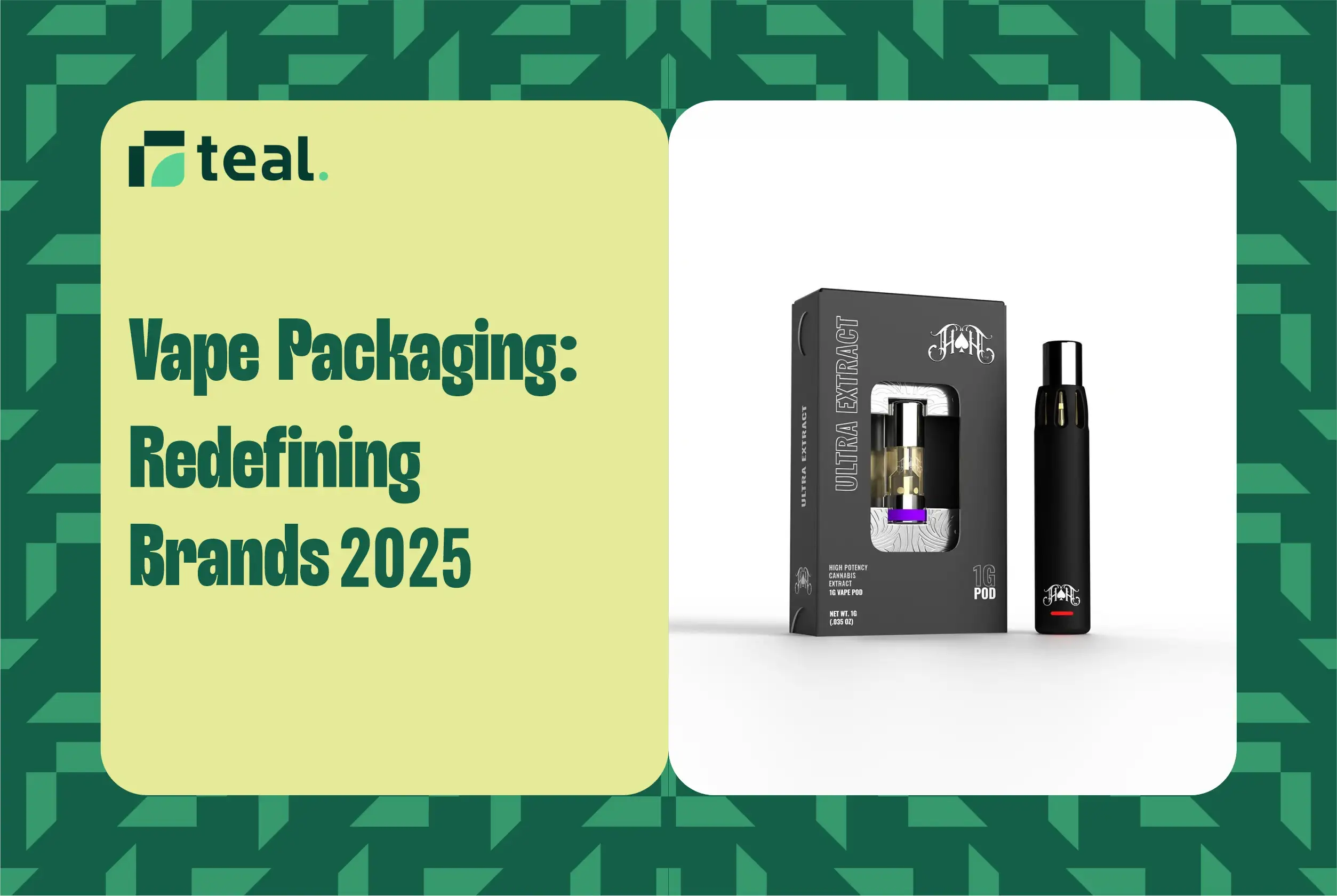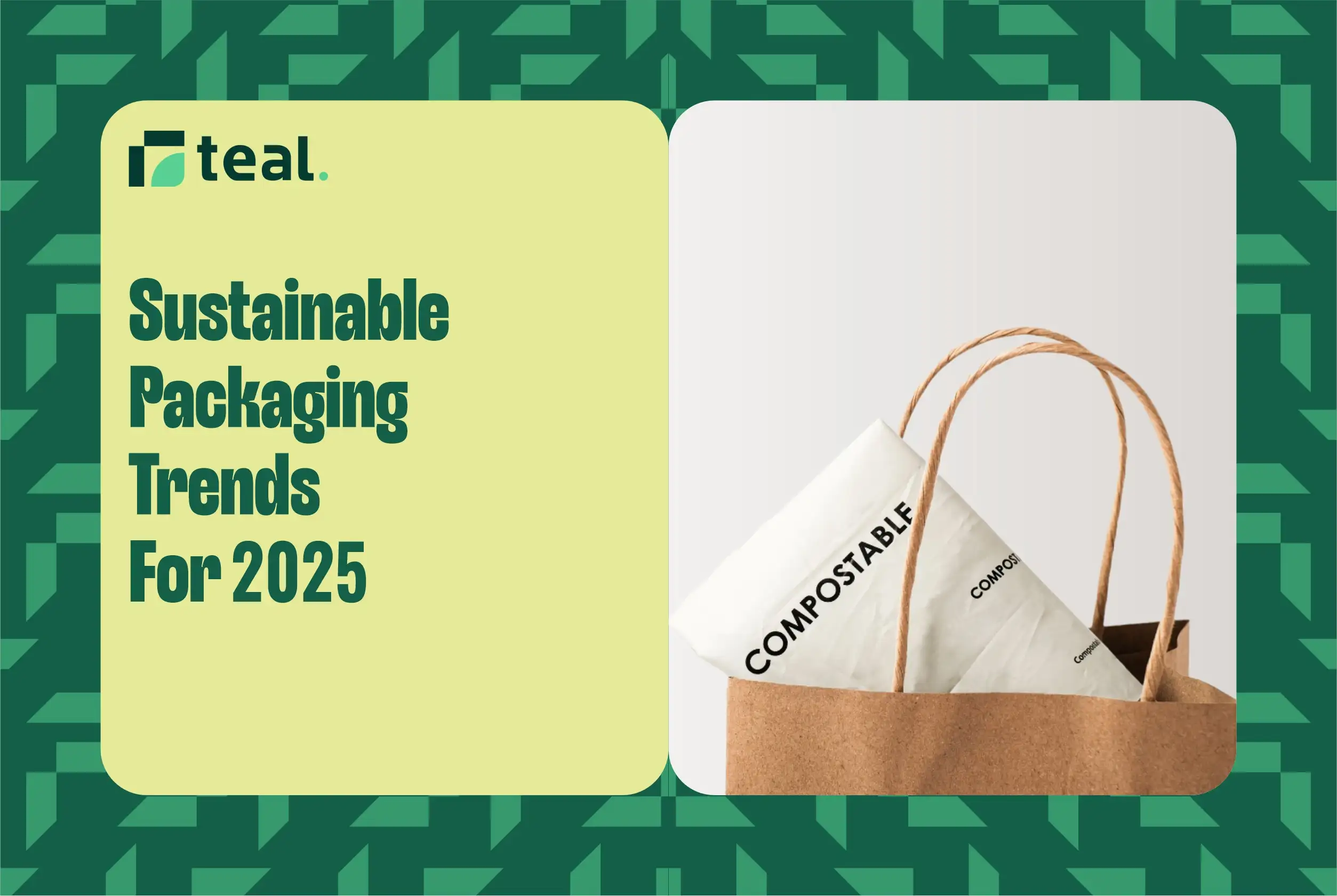Walk into the attic of your house, and you will see a plethora of cardboard boxes. The cardboard boxes are seamless containers, suitable for shipment, packaging, and product storage for individual consumers, along with the commercial businesses equally. The cardboard boxes are extensively used in packaging materials and promise high-end protection of the goods and shipment as they are immensely exposed to stress, such as thermal cycling, shocks, and vibration.
On the other hand, the packaging engineers have been focusing on the design packaging and environmental conditions to reduce the consequences of anticipated conditions regarding the goods. Ranging from the basic storage to multiple card stock, cardboard is an essential component and is available in various forms and sizes. Similarly, there are various manufacturing methods involved with cardboard, inclusive aesthetics.
In simpler words, there are endless applications of cardboard because it doesn’t refer to the material but the material category. Likewise, there are three categories of cardboard, such as card stock, corrugated fiberboard, and paperboard.
Types of Cardboard Material & Cardboard
Mainly, cardboard mailer boxes are categorized into two forms, such as paperboard boxes and corrugated boxes. In this guide, we have curated information regarding the main cardboard box types, along with the relevant examples. Let’s check it out then!
1) Paperboard Boxes
Paperboard is defined as the 0.010 inches material (it’s the thickness) and can be designed in a thicker form as of the standard paper. The manufacturing process of paperboard boxes is initiated with pulping, which is commonly known as the separation of sapwood and hardwood into the fibers. For this purpose, chemical, as well as mechanical methods, are implemented.
As for mechanical pulping, it is defined as the process of grinding wood through aluminum oxide or silicon carbide to separate the fibers by breaking down the wood. On the contrary, chemical pulping is conducted by adding a chemical to the wood at a higher temperature that breaks down the fiber. To illustrate, there are more than ten forms of chemical pulping and mechanical treatment in the US.
For the construction of paperboard, semi-chemical and kraft processes are mainly responsible for pulping. The kraft processes conduct pulping by using sodium sulfate and sodium hydroxide mixture for separating the fibers. In contrast, semi-chemical processes utilize pre-treat wood with either sodium sulfate or sodium carbonate for refining the wood. All in all, this process is less intense.
Once the wood fibers have been developed through pulping, the pulp is spread out on the constantly-moving belt while the vacuum keeps removing water from the mixture. Then, the fibers are pressed for consolidation purposes. Once the pressing is complete, steam heat is implemented through rollers, while additional starch or resin can be added.
With this being said, the calendar stack is used for finishing and smoothening the final paperboard. The paperboard is the paper-based material, usually suitable for writing, as it’s thicker as compared to the flexible paper. The incremented thickness offers higher rigidity and can be used to make boxes with lightweight construction yet higher product-carrying capacity.
2) Bakers’ Boxes
If you are a fan of doughnuts and cupcakes, you would know about the bakery boxes. These boxes are suitable for housing the baked goods for easy delivery to the customers
3) Food & Cereal Boxes
These are some of the most common types of paperboard food boxes available. Commonly, these are available as boxboard and tend to store processed foods, such as cereals and pasta.
4) Toiletry & Drug Boxes
Be it the soaps or lotions, shampoos, or drugs, all of them are stored in the paperboard boxes. Similarly, these boxes are readily available at drug stores and pharmacies.
5) Gift Boxes & Shirt Boxes
In case you want an example of collapsible gift boxes, and folding paper boxes, the shirt boxes and gift boxes are perfect examples. That’s to say, because they can be easily stored and shipped. Similarly, they can be conveniently and efficiently folded in usable forms whenever needed.
Types of Corrugated Boxes
Whenever the term cardboard is concerned, it usually means corrugated fiberboard and is extensively used for making various forms of corrugated boxes. These corrugated fiberboard boxes are designed with various paperboard layers, usually two exterior layers, along with one internal corrugated layer. As for the internal layer, it is pretty thin, hence the different pulp form.
The manufacturing process utilizes the corrugators that are the machines used for processing the material without warping. The corrugators can operate at higher speeds. As for the corrugated layer, it is heated, moisturized, and formed through wheels and is known as a medium. Then, the starch-based adhesive is used for joining the medium to exterior layers.
The exterior layers are commonly known as linerboards, which are humidified for easy layer adjoining. Once the final fiberboard is created, they undergo the pressing and drying process through the hot plates. These corrugated boxes tend to have better durability standards as compared to small cardboard boxes. That’s to say, because there are fluted sheets crammed between the exterior layers.
As a result, these corrugated boxes can be used as storage boxes or shipping boxes, accrediting to the higher durability. These boxes are usually categorized by flute profiles, which is the representation of the box’s wall thickness. In addition, it also measures the box’s strength and stacking ability. Also, one needs to be mindful of the board type, such as the single face, single, double, and triple wall.
As for the single face board, it’s the single layer of paperboard attached to one side of corrugated fluting, often known as product wrapper. Also, the single wallboard has the corrugated fluting with which a single paperboard layer is attached to one side. On the other hand, the double-wall has two sections of corrugated fluting with three paperboard layers. Lastly, the triple wall has three layers of fluting, along with four paperboard layers.
1) Anti-Static Corrugated Boxes
These boxes are designed to manage the static electricity’ impact. To begin with, static is the type of electrical charge that’s accumulated in the case of zero electrical current outlets. Once the static starts building up, the slight triggers will result in the electrical charge passage. The static charges are usually smaller but can cause product damage. For this purpose, the anti-static corrugated boxes are designed with anti-static chemicals for treating electronics transportation, along with the storage.
2) Mailing Boxes
The mailing boxes are readily available at the shipping locations or post offices. In addition, the mailer boxes are extensively used for holding the products and items for shipment.
3) Moving Boxes
The moving boxes are designed to hold transportation items on a temporary basis. These boxes are meant for transportation through trucks when people are changing the home or facility.
4) Pizza Boxes
The pizza boxes are designed from corrugated cardboard that offers higher protection during transit and delivery. In addition, it enables stacking the orders that are in line for pick-up.
Additional Types of Cardboard
1) Wax Impregnated Boxes
These boxes are the corrugated boxes that are either coated with wax or infused with wax. The wax impregnated boxes are suitable for iced shipments. Also, the wax coating helps prevent damages to the boxes from water exposure (ice melts, you know?). The wax impregnated boxes are extensively used for storing meat, poultry, and seafood.
2) Cardboard Stock
These are the thinnest form of cardboard and tend to be thicker as compared to the writing paper. However, it has the ability to bend. The flexibility in this paper will make them suitable for post-cards, soft-cover books, catalog covers. In some cases, business cards are also designed with cardboard stock since it has the ability to resist regular wear and tear.
Bottom Line
With this article, we tried to offer a well-curated guide regarding the cardboard boxes types, along with the relevant examples and manufacturing processes. We are extremely hopeful that we cleared up the issues regarding the cardboard!




 (1) (1).webp)
 (1).webp)
 (1) (1).webp)